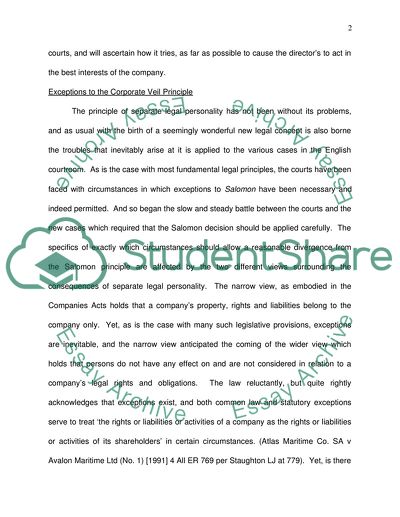Cite this document
(“The Immense Diverse Nature of Company Law: the Concept of Corporate Research Paper”, n.d.)
The Immense Diverse Nature of Company Law: the Concept of Corporate Research Paper. Retrieved from https://studentshare.org/law/1736415-shareholders-2
The Immense Diverse Nature of Company Law: the Concept of Corporate Research Paper. Retrieved from https://studentshare.org/law/1736415-shareholders-2
(The Immense Diverse Nature of Company Law: The Concept of Corporate Research Paper)
The Immense Diverse Nature of Company Law: The Concept of Corporate Research Paper. https://studentshare.org/law/1736415-shareholders-2.
The Immense Diverse Nature of Company Law: The Concept of Corporate Research Paper. https://studentshare.org/law/1736415-shareholders-2.
“The Immense Diverse Nature of Company Law: The Concept of Corporate Research Paper”, n.d. https://studentshare.org/law/1736415-shareholders-2.


